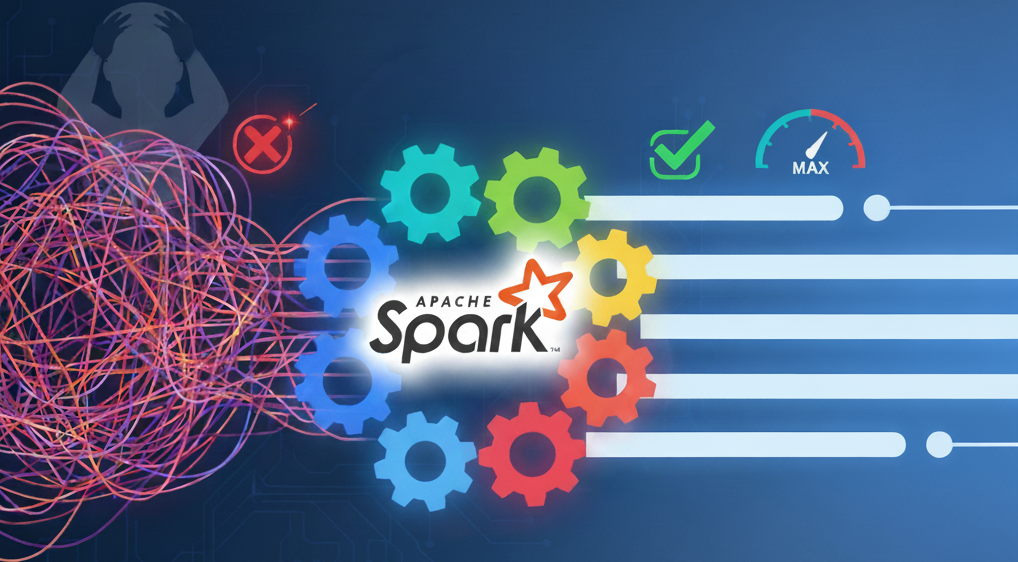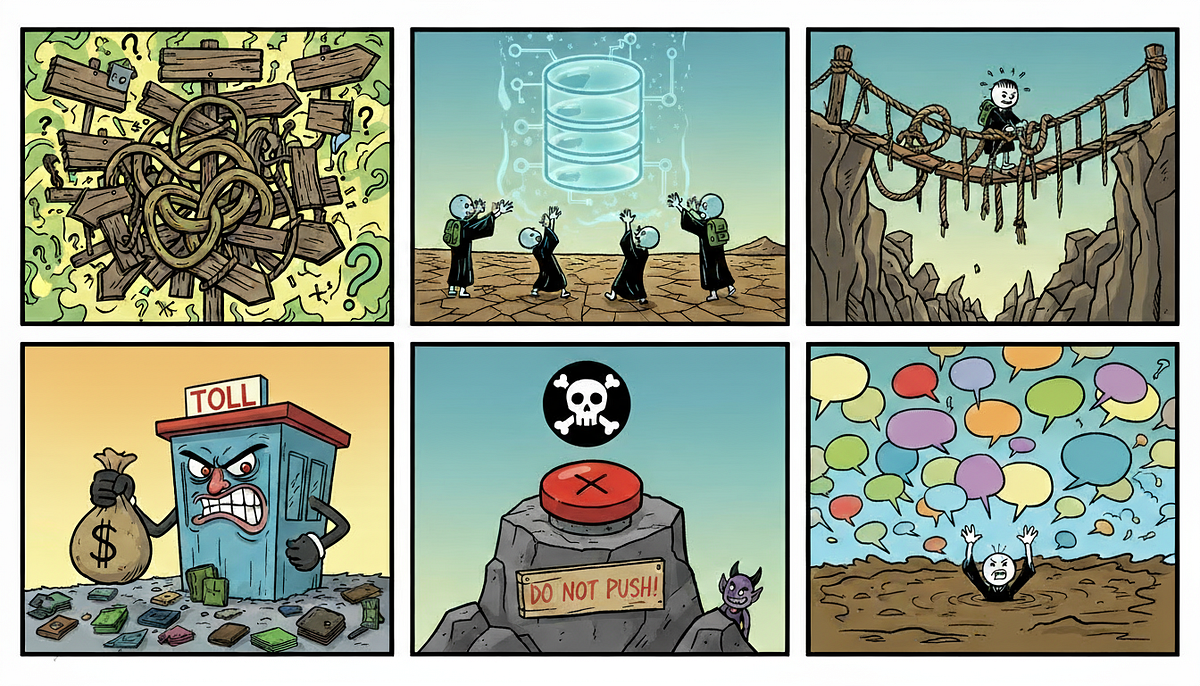
As engineers, we’ve seen where developers get stuck with Spark. Now, we’re building the solution into Google Cloud Serverless for Apache Spark , and we want your help.
Working as an engineer on Google Cloud’s data analytics team, I get to see the incredible things developers build with Apache Spark. But I also see the common frustrations — the performance bottlenecks that can turn a powerful data pipeline into a source of headaches.
We’ve all been there: staring at a Spark UI, trying to figure out why a job is running slow or, worse, failing with a cryptic out-of-memory error. You start tweaking configurations, re-running the job, and sinking hours into what feels like a guessing game.
With Serverless for Apache Spark, our first step was to eliminate the challenges of infrastructure management. We took away the need to provision, configure, and scale clusters, letting you focus on your code. Now, we’re taking the next step: tackling the complex world of performance tuning.
The Real Time-Sinks in Spark Tuning
If you’ve worked with Spark long enough, you know the usual suspects when it comes to performance issues. These are the areas where we see developers spend the most time:
- The Executor Sizing Guesswork: Right-sizing your job is a fundamental challenge. How many executors do you need? How much memory and how many cores should each one have? If you overallocate, you’re wasting resources and money. If you underallocate, your job runs into out-of-memory errors or grinds to a halt due to constant garbage collection and disk spilling. It’s a tricky balancing act that often requires multiple runs to get right.
- The Shuffle Partition Puzzle: Choosing the right number for spark.sql.shuffle.partitions is more of an art than a science. Too few partitions, and you risk spilling large amounts of data to disk or running out of memory. Too many, and the overhead of managing thousands of tiny partitions slows your job to a crawl.
- The Broadcast vs. Sort-Merge Dilemma: Spark’s query optimizer is smart, but it doesn’t always know the specifics of your data. Manually deciding whether a table is small enough to be broadcast in a join can make a huge difference in performance, but it requires deep knowledge of your data patterns, which often change over time.
These are just a few examples, but they share a common theme: they force you to take your focus away from building your data logic and pull you into the complex internals of Spark.
Our Vision: Let Developers Develop
Our goal is to take this tuning work off your plate. We believe you should be able to submit your Spark job and trust that the platform is running it in the most optimal way possible.
That’s why we’re building Autotuning for Serverless for Apache Spark.. This isn’t just about setting a few properties; it’s about creating an intelligent system that learns from your workloads and automatically applies optimizations to address issues like data skew, inefficient shuffle, and suboptimal join strategies.
We have just gotten started on this journey, and our vision is big. We imagine a future where you don’t even have to think about these problems.
Help Us Build the Future of Spark Tuning
To build the right solution, we need to learn from the real-world challenges you face every day. The best way for us to solve these problems is to see them in action, with your complex, real-world workloads.
If the frustrations of manual Spark tuning resonate with you, we invite you to partner with us. Join the preview for Autotuning, and help us shape a future where performance optimization is automated, intelligent, and built right into the platform.
Ready to join us? Send an email to dataproc-previews@google.com to get started. Let’s fix Spark tuning, together.
Source Credit: https://medium.com/google-cloud/a-google-engineers-take-on-a-common-spark-problem-and-how-we-re-fixing-it-44b26293cce0?source=rss—-e52cf94d98af—4




